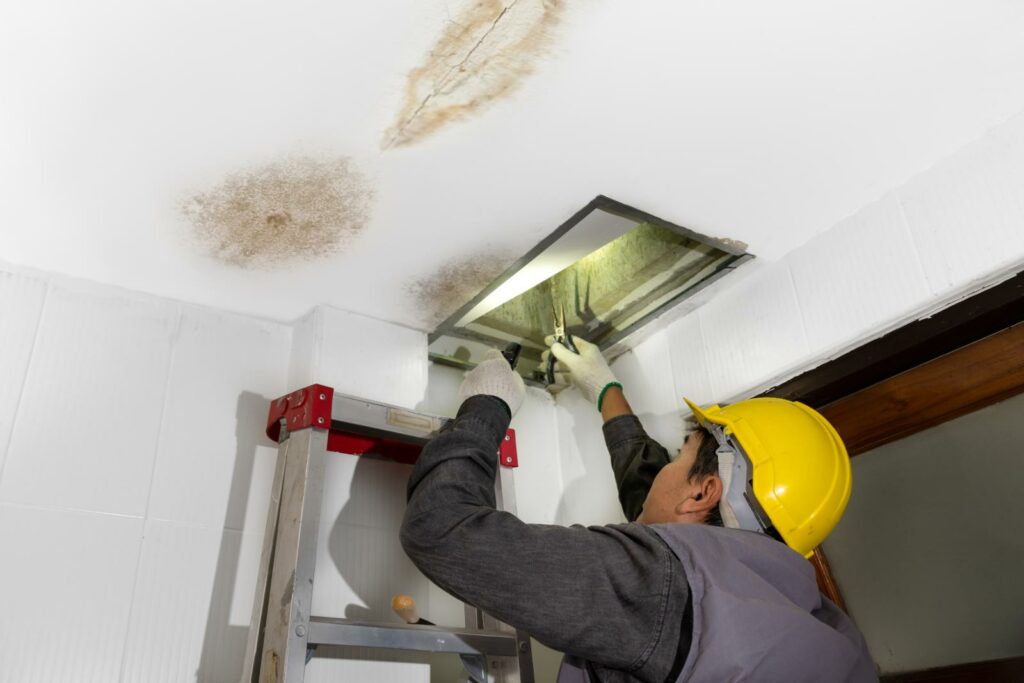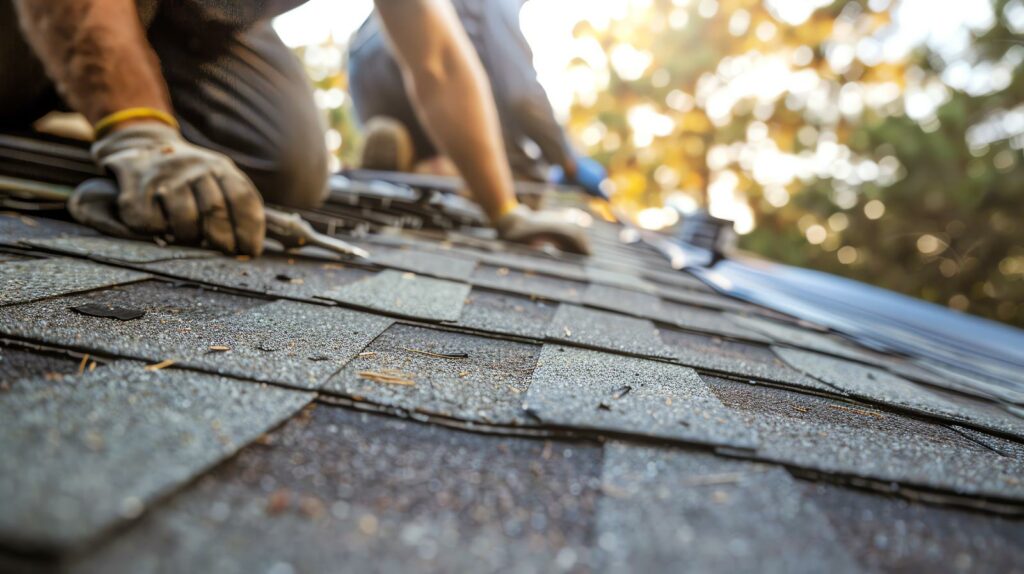Contents
Are you curious about what is the most common plumbing item to fail in a residential home? Look no further! In this article, we’ll explore the answer while keeping it concise and informative.
So, if you’ve ever experienced a leaky faucet, clogged drains, burst pipes, faulty water heaters, or broken toilet flappers, this is the perfect read for you.
Get ready to gain insights into the most common plumbing item to fail in a residential home that can disrupt your daily routine and learn how to tackle them efficiently!
Key Takeaways
- Leaky faucets are one of the most common plumbing issues faced by homeowners.
- Clogged drains are another common plumbing issue, often caused by hair, soap scum, food particles, grease, and small objects.
- Burst pipes can cause significant damage to a residential home and regular maintenance is necessary to prevent them.
- Faulty water heaters can lead to problems like lack of hot water, strange noises, leaks, and increased water bills.
Leaky Faucets
If you have a leaky faucet in your home, you aren’t alone. Leaky faucets are one of the most common plumbing issues that homeowners face. They can be quite frustrating, as they not only waste water but also make annoying dripping sounds. However, rest assured that fixing a leaky faucet is usually a simple task that you can easily tackle on your own.
The most common cause of a leaky faucet is a worn-out washer or O-ring. Over time, the constant use and pressure on these parts can cause them to deteriorate, resulting in a leak. Fortunately, replacing the washer or O-ring is a relatively straightforward process. All you need to do is turn off the water supply, disassemble the faucet, remove the old washer or O-ring, and replace it with a new one. Once you have done that, reassemble the faucet and turn the water supply back on. Voila! Your leaky faucet should now be fixed.
In some cases, a leaky faucet may be the result of a more serious plumbing issue, such as a damaged valve or pipe. If you have tried replacing the washer or O-ring and the problem persists, it may be best to call a professional plumber to assess the situation. They’ll have the necessary knowledge and tools to diagnose and fix the issue effectively.
Clogged Drains
When it comes to common plumbing issues in residential homes, one of the most frustrating and inconvenient problems homeowners face is clogged drains. Dealing with a clogged drain can disrupt your daily routine and cause unwanted stress. Whether it’s a clogged kitchen sink, bathroom drain, or shower drain, the impact can be significant. But fear not! There are steps you can take to prevent and address this common plumbing issue.
First and foremost, it’s important to understand what causes clogged drains. The most common culprits are hair, soap scum, food particles, grease, and even small objects that accidentally find their way down the drain. Over time, these substances accumulate and form blockages, preventing water from flowing freely. Regular maintenance is key to preventing clogs. You can start by using drain strainers or stoppers to catch debris before it goes down the drain. Additionally, avoid pouring grease or oil down the sink, as it can solidify and cause blockages.
If you find yourself dealing with a clogged drain, there are a few methods you can try before calling a professional plumber. One option is using a plunger to create suction and dislodge the blockage. Another method is pouring a mixture of hot water and vinegar down the drain, followed by baking soda. This combination creates a chemical reaction that can help break down the clog. If these DIY methods don’t work, it’s best to leave the job to a licensed plumber who can use specialized tools to remove the blockage safely and efficiently.
Burst Pipes
To prevent burst pipes in your home, regularly inspect and maintain your plumbing system. Burst pipes can cause significant damage to your property and disrupt your daily life. Here are three important steps you can take to prevent this common plumbing issue:
- Insulate your pipes: Cold weather is a common cause of burst pipes. When water freezes inside the pipes, it expands and puts pressure on the pipe walls, leading to cracks or bursts. Insulating your pipes can help protect them from freezing temperatures. Use pipe insulation sleeves or wrap them with foam insulation. Pay special attention to pipes in unheated areas like attics, basements, and crawl spaces.
- Keep your home warm: Maintaining a consistent temperature in your home can also help prevent burst pipes. Set your thermostat to a minimum temperature of 55 degrees Fahrenheit, even when you’re away. This will ensure that the pipes don’t freeze during cold weather. Consider adding extra insulation to walls, floors, and ceilings to further protect your plumbing system.
- Fix leaks promptly: Even small leaks can lead to burst pipes if left unattended. Regularly check for any signs of leaks, such as damp spots on walls or ceilings, and dripping faucets. If you notice a leak, address it immediately by tightening loose connections or replacing faulty parts. Ignoring leaks can weaken the pipe and increase the risk of a burst.
Faulty Water Heaters
One common cause of plumbing failures in residential homes is due to issues with faulty water heaters. As a homeowner, it can be frustrating and inconvenient when your water heater stops working properly. Faulty water heaters can cause a range of problems, from lukewarm showers to complete lack of hot water. Fortunately, there are signs to look out for that can indicate a problem with your water heater.
One of the most obvious signs of a faulty water heater is a lack of hot water. If you find yourself taking cold showers or having to wait a long time for the water to heat up, it may be time to have your water heater inspected. Another sign of a problem is if your water heater is making strange noises, such as popping or banging sounds. This could indicate a build-up of sediment in the tank, which can cause the water heater to work less efficiently.
In addition, if you notice leaks around your water heater or a sudden increase in your water bill, it could be a sign of a faulty water heater. Leaks can lead to water damage and mold growth, so it’s important to address any issues as soon as possible. Finally, if your water heater is more than 10 years old, it may be time to consider replacing it. Older water heaters are more prone to failure and can be less energy-efficient than newer models.
If you suspect that your water heater is faulty, it’s best to contact a professional plumber to assess the situation. They can diagnose the problem and recommend the best course of action, whether it’s a simple repair or a full replacement. Remember, addressing issues with your water heater promptly can help prevent further damage and ensure that you have hot water when you need it most.
Broken Toilet Flappers
If you’re experiencing issues with your water heater, another common plumbing item that can fail in a residential home is a broken toilet flapper. The toilet flapper is a small, rubber valve that controls the flow of water from the toilet tank to the bowl. When it becomes worn or damaged, it can lead to a variety of problems including water leakage, constant running of the toilet, or incomplete flushing.
Here are three reasons why toilet flappers can fail:
- Normal wear and tear: Like any other mechanical part, toilet flappers can wear out over time due to regular use. The constant opening and closing of the flapper can cause it to deteriorate, resulting in leaks or inefficient flushing. Regular inspection and replacement of the flapper can help prevent unexpected failures.
- Mineral buildup: If you live in an area with hard water, mineral deposits can accumulate on the flapper. These deposits can prevent the flapper from forming a tight seal, leading to water leakage and wastage. Regular cleaning of the flapper and the toilet tank can help remove mineral buildup and prolong the life of the flapper.
- Improper installation: Sometimes, toilet flappers can fail due to incorrect installation. If the flapper isn’t aligned properly or if the chain connecting the flapper to the toilet handle is too loose or too tight, it can affect the performance of the flapper. Ensuring proper installation and adjustment can help prevent premature failure of the flapper.
If you’re experiencing issues with your toilet, such as water leakage or incomplete flushing, it’s important to check the condition of the toilet flapper. If you notice any signs of wear or damage, it’s best to replace the flapper to avoid further problems. Regular maintenance and timely replacement of the flapper can help keep your toilet functioning properly and prevent costly repairs in the future.
Conclusion
What is the risk of DIY plumbing? In conclusion, the most common plumbing item to fail in a residential home is the leaky faucet. This pesky problem can waste water and result in higher utility bills.
It’s important to address this issue promptly to avoid further damage and inconvenience. Remember to regularly check and maintain your faucets to keep them in good working condition and prevent any potential leaks. Learn to deal with the Most Common Plumbing Item to Fail!




